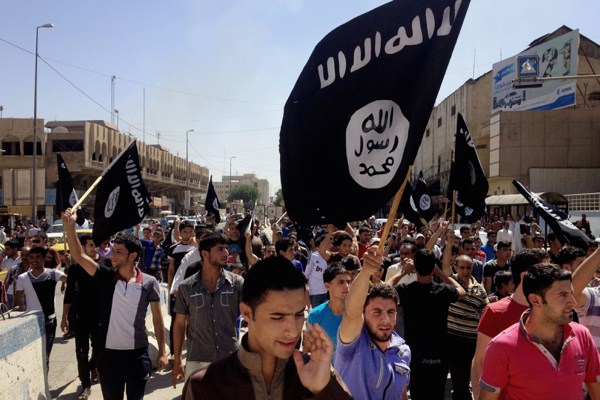In seeking to explain the recruiting success of the so-called Islamic State (IS), Western analysts tend to view the group through the lens of its most provocative acts: staged executions, destruction of heritage sites and calls to bring about the “End of Days.” Yet while its Western enemies are preoccupied parsing the allure of its spectacular savagery and zealous apocalyptic ideology, IS is carefully cultivating a parallel appeal to its core Arab constituency, not through shock and awe but through routine and accomplishment. The brand that IS media most regularly markets to inhabitants of IS-controlled territory and supporters is that of a powerful but pragmatic actor sensibly governing a caliphate where they and their families can live and work, not just fight and die.
You won’t see this “softer side” of IS highlighted very often in the group’s English-language magazine, Dabiq, nor in its big-budget video releases in Arabic. The major productions of IS’ three flagship media wings are frighteningly good works of propaganda, packed with resonant symbols that enthrall the group’s foreign recruits and terrify its adversaries.
But such occasional, mass-market propaganda doesn’t address the material concerns of local communities, and it cannot sustain the information needs of thousands of young Arabic-speaking IS supporters participating in the virtual jihad through their laptops and mobile devices every day.

